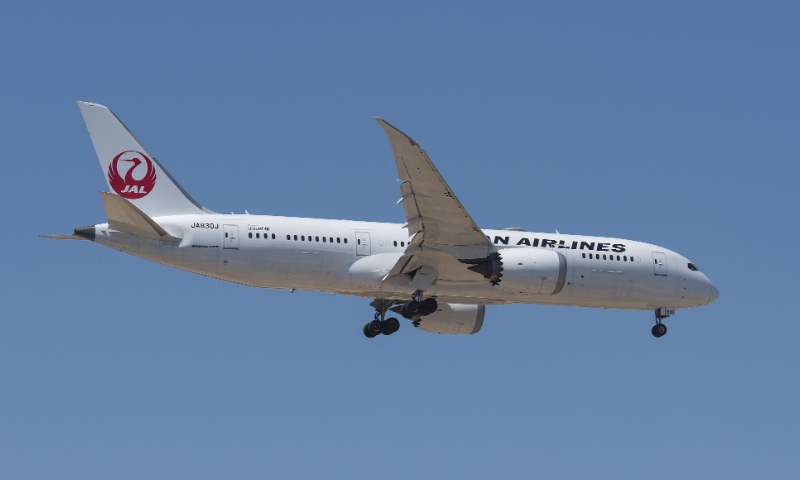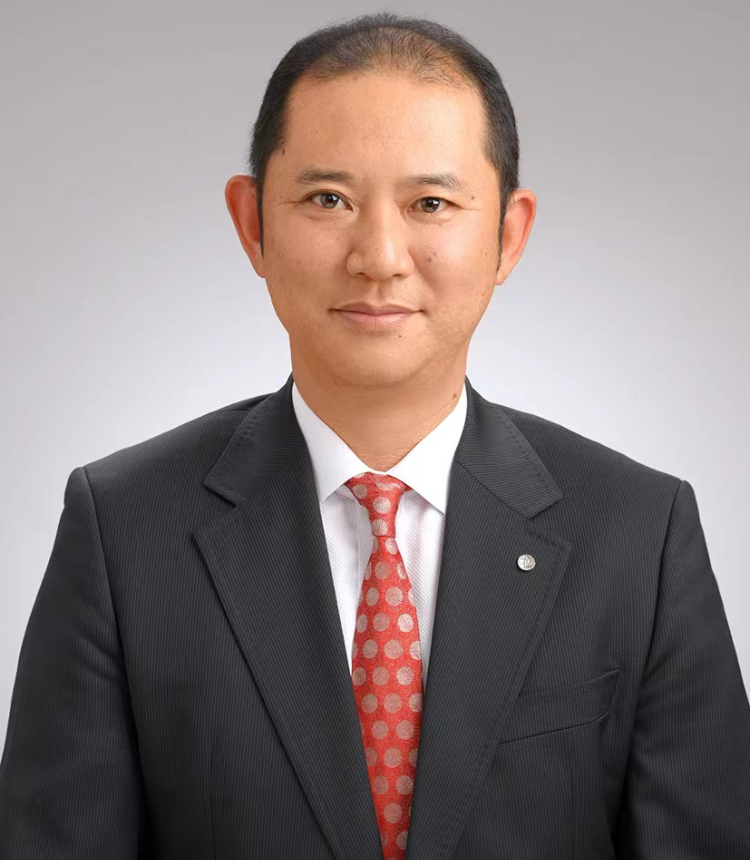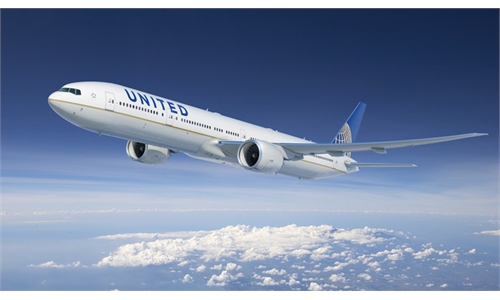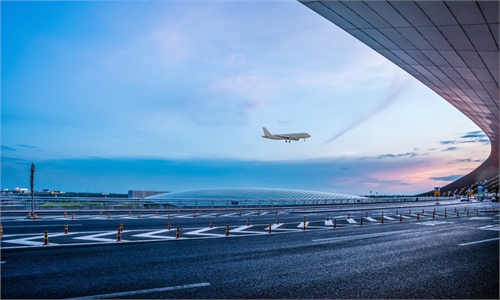
A Boeing 787 aircraft belonging to Japan Airlines Photo: VCG
The Japanese government eased cross-border travel restrictions for people entering from the Chinese mainland from March 1. Testing will be changed to random testing, and passengers from Macao and Hong Kong will no longer need a nucleic acid negative certificate.
"All walks of life in Japan are looking forward to Chinese tourists, especially tourism-related industries," the 59-year-old Yasuyuki Sato, Executive Officer and China chief with Japan Airlines (JAL) told the Global Times in a recent exclusive interview.
"We are always ready, and the flights can depart anytime," he said, "We hope that Japan's aviation, railway, theme park and other facilities can be fully utilized."

Yasuyuki Sato Photo: Courtesy of Japan Airlines
Data from Japan National Tourism Organization showed that in 2022, the number of tourists from China to Japan was 189,100, compared to 9.6 million in 2019 before the epidemic. In 2019, the consumption of tourists from China reached 1.77 trillion yen, ranking first, accounting for 36.8 percent of the total consumption of foreigners visiting Japan.
However, the three-year epidemic has suspended the industry, including brain drain, and it seems that it will take some time to regroup.
"There are still many preparations to do," Yasuyuki Sato said, "The number of staff in tourism and other related industries have decreased due to the epidemic. But as flights gradually resume, the tourism industry will gradually recover. I believe that with the joint efforts of everyone, tourists to Japan will be provided with a better travel experience."
At present, the single-entry and three-year multiple-entry tourist visas for Japan are not yet open for application. However, Sato said that as long as there are flights and visas, many Chinese tourists are willing to travel to Japan, and he hopes that the previous frequencies can be resumed this summer.
"What I care about is whether Chinese tourists to Japan can be satisfied. Going to Japan again after three years' suspension must be full of expectations. Can Japan respond to this expectation? Are Chinese tourists willing to visit Japan again?" he said.
"It is the least thing for me to see the disappointment of Chinese tourists when traveling to Japan, and this requires the joint efforts of relevant industries, including airlines," he added.
JAL originally planned to increase the Haneda route after 2020, but it was temporarily suspended due to the epidemic. Sato emphasized that realizing profitability is the top priority.
JAL currently has 25 flights per week from cities of Dalian, Guangzhou, Tianjin, Shanghai and Beijing to Tokyo. The number of flights from Chinese mainland has only recovered to 5 percent of the pre-epidemic level.
Due to the high passenger load factor of flights, air ticket prices have also increased compared to before the epidemic. Although the revenue has not reached the level before the epidemic, it has slightly increased compared to before.
At present, 70 percent of JAL's customers are Chinese passengers. Before the epidemic, it was mainly tourists traveling to Japan. Now, the majority is business travelers, students, and those living in Japan. Meanwhile, the number of passengers who choose to transfer from Japan to the US, Canada and other places is gradually increasing.
As for customers who are choosing to work remotely instead of flying, Sato said he plans to attract new customers with the charm of China.
"I want to introduce the great rivers and mountains of China to the Japanese people, and tell them that if they want to feel the majestic natural landscape, experience foreign cultures, and taste special delicacies, they can choose China, and they have everything here," he said.
Now, most of the Japanese people who like to travel to China are the elderly and students studying in China. It is hoped that by introducing the charm of China, more Japanese and Japanese families will be attracted to travel in China.
Regarding competition with Chinese airlines, he said, "Competition makes progress, and it is a good thing to provide customers with more choices." JAL operates shared flights with China Eastern Airlines and China Southern Airlines.
Some Japanese media reported that a large number of Chinese tourists visiting Japan has changed the living habits of some Japanese people. Japanese people who used to drink cold water in the cold winter now prefer hot water.
Yasuyuki Sato said that tens of millions of Chinese tourists visiting Japan will inevitably promote mutual understanding of each other's cultures, which is a strong proof of the good interaction between the people of China and Japan.
However, people-to-people exchanges between the two countries have been put on hold over the past three years, leading to a cooling of the bilateral relationship.
As 2023 marks the 45th anniversary of the signing of the Sino-Japanese Treaty of Peace and Friendship, Sato thinks that restoring non-governmental exchanges is a top priority in promoting friendly relations between the two countries.
In 1972, two pandas arrived in Japan, transported by JAL, and beloved Japan-born panda Xiang Xiang recently returned to China. On September 25, 1972, then Japanese Prime Minister Kakuei Tanaka also visited China on a JAL special plane. The two sides issued the China-Japan Joint Communiqué, which opened a new chapter in the history of bilateral relations.
In 1974, JAL opened four branches in Beijing and Shanghai, and opened regular flights between Japan and China in the same year. Yasuyuki Sato joined the Japan Airlines in 1987.



